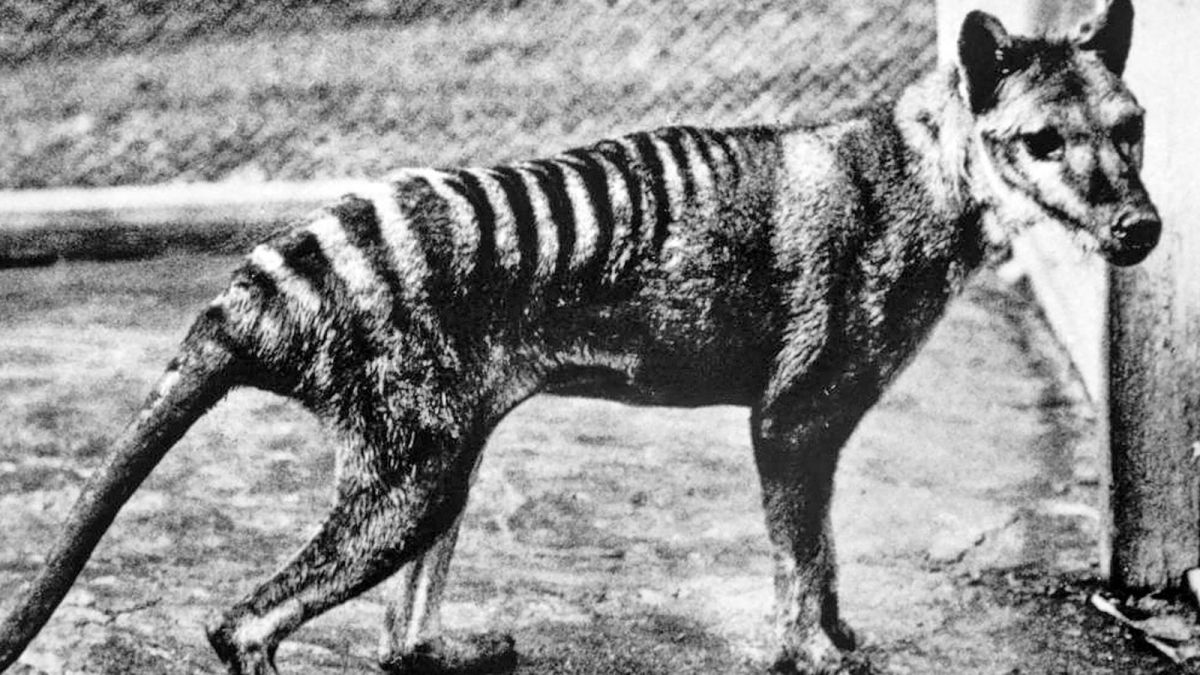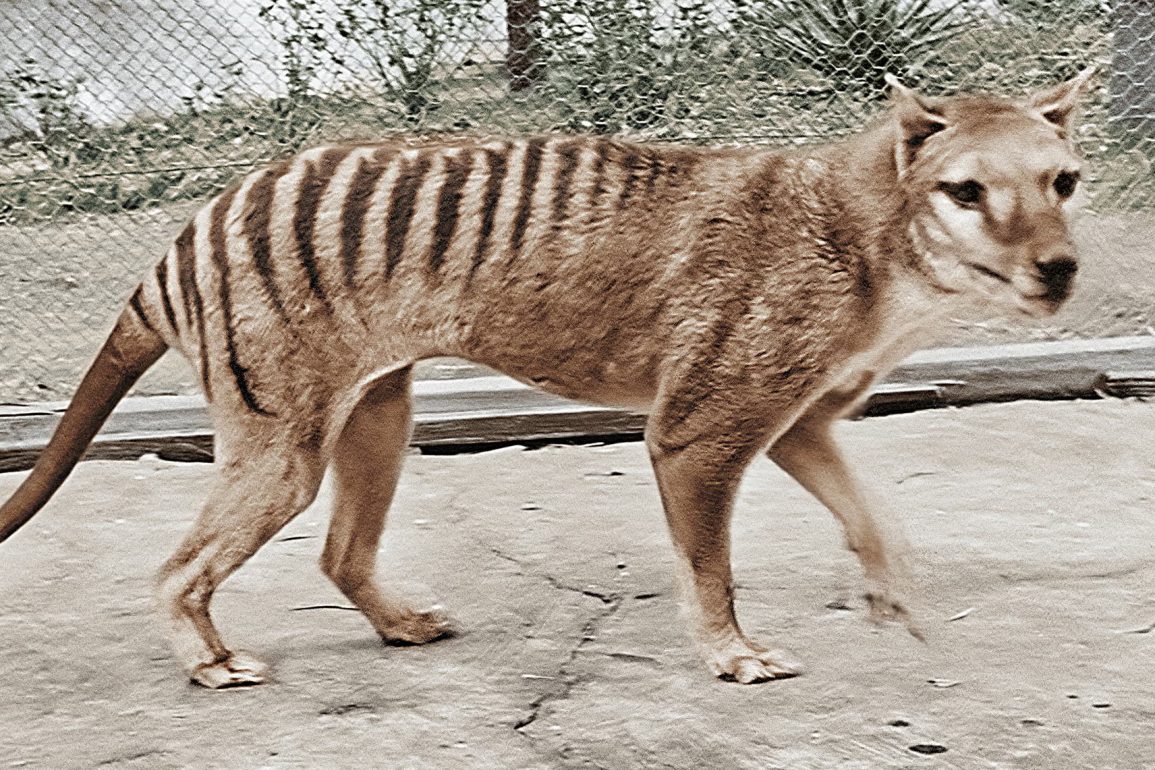Recent advancements in scientific research have brought new hope for the revival of the extinct Tasmanian tiger, or thylacine, which has been missing from the wild since the 1930s. Colossal Biosciences, a company focused on de-extinction, announced that they have reconstructed approximately 99.9% of the thylacine genome.
They are currently addressing 45 gaps in this genome through ongoing sequencing efforts. Additionally, researchers isolated long RNA molecules from a well-preserved thylacine head that is over 110 years old, providing essential genetic material for their studies.
The preserved samples are proving to be invaluable for researchers. Beth Shapiro, the chief science officer at Colossal and director of the UCSC Paleogenomics Lab, noted that these specimens are among the best preserved her team has encountered. The exceptional quality of the samples enables advanced techniques in ancient DNA research, which allows scientists to glean insights into the thylacine’s biology.
By analyzing RNA from various tissues—such as the tongue, brain, and nasal cavity—researchers hope to uncover details about thylacine’s sensory perceptions and brain functions, critical knowledge for its potential reintroduction into its natural habitat.
To facilitate the de-extinction process, scientists are using the fat-tailed dunnart, a small marsupial closely related to the thylacine, as a surrogate for genetic editing. Andrew Pask, a member of Colossal’s Scientific Advisory Board, highlighted the dunnart’s ferocious carnivorous nature, which makes it an ideal candidate for this research.

By comparing the DNA of both species, researchers aim to modify the dunnart’s cells to replicate thylacine characteristics. Colossal has reportedly introduced over 300 unique genetic edits into dunnart cells, setting a new record in the field of genetic engineering.
Pask emphasized the progress being made in de-extinction technologies, which encompass innovative techniques for identifying the genetic regions that drive evolution and determining gene functions. He expressed optimism that the combination of advanced genome resources and experimental approaches is at an all-time high, positioning scientists to successfully recreate the thylacine.
Furthermore, international collaboration is playing a significant role in these efforts, as evidenced by the sequencing of RNA from a 130-year-old thylacine specimen stored in Sweden’s Museum of Natural History.
The story of the thylacine’s extinction serves as a poignant reminder of the consequences of human actions on wildlife. Once abundant in Tasmania, thylacines faced persecution in the late 1800s due to government bounties aimed at reducing their population, as they were viewed as threats to livestock.
By the mid-1930s, the last known thylacine died in captivity, marking the species’ disappearance. Current discussions around wildlife management, such as culling kangaroos to protect endangered habitats, highlight the need for responsible stewardship of ecosystems. The scientific pursuit to revive the Tasmanian tiger not only aims to rectify past mistakes but also aspires to contribute positively to conservation efforts in the future.

